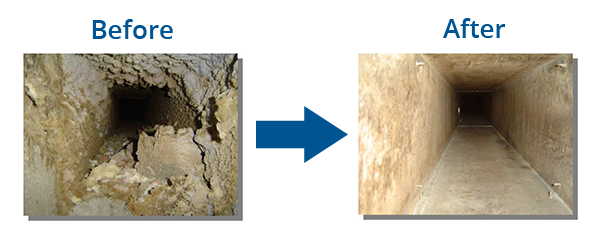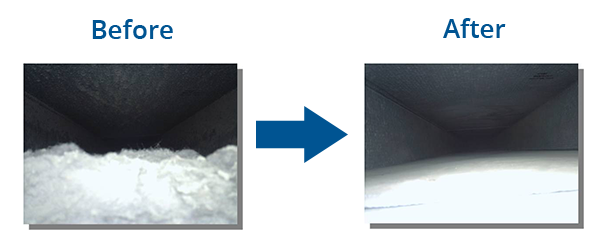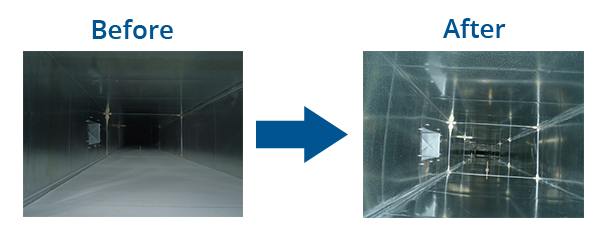In order to maintain acceptable indoor air quality (IAQ), cleaning HVAC systems provides many benefits. With growing awareness of the dangers of indoor air pollution, public concern for the cleanliness of ventilation systems has led to a significant increase in demand for HVAC system cleaning services.
So, why should you have your HVAC system cleaned? The short answer is simple: because they get dirty over time and they have the potential to contain large amounts of dust and particulates.
Energy Savings
Approximately 25 to 40 percent of the energy used for heating or cooling is wasted. Contaminants in the heating and cooling system cause it to work harder and shorten the life of your system. Although filters are used, the heating and cooling system still gets dirty through normal use. When an HVAC system is clean, it doesn’t have to work as hard to maintain the temperature you desire. As a result, less energy is used, leading to improved cost-effectiveness.
Indoor Air Quality
Indoor air quality is one concern that building managers and building inhabitants have when they decide to investigate HVAC system. Through normal occupation in a building, we generate a great deal of contaminants and air pollutants, such as dander, dust, and chemicals. These contaminants are pulled into the HVAC system and re-circulated 5 to 7 times per day, on average. Over time, this re-circulation causes a build-up of contaminants in the ductwork.
While a contaminated HVAC system doesn’t necessarily mean unhealthy air, the situation may be contributing to larger health issues or harboring contaminants that could cause serious problems for people with respiratory health conditions, autoimmune disorders or some environmental allergies.
The Process
• During cleaning, the entire HVAC system is placed under continuous negative pressure (with a vacuum) to prevent the spread of contaminants.
• Continuous negative suction allows very fine particles to be removed from the system as they become airborne, ensuring that these particles are not released into the living space when the system is turned on after cleaning. This negative suction also serves to extract the loosened contaminants, which are collected and removed.
While under negative suction, we apply different types of cleaning procedures to clean the system: Examples are:
Contact Vacuuming: Openings are cut into the ducts to allow personnel entry c/w all necessary HEPA equipped vacuums, negative suction units, HEPA face masks and all in accordance with confine space regulations.
Air Washing: Compressed air is introduced into the duct through a hose terminating in a “skipper” nozzle so designed to dislodge dirt and debris as it propels itself along the walls of the ducts. Particles become airborne and are collected in the ‘HEPA’ vacuum.
Power Brushing: A pneumatically or electric powered rotary brushes is used to dislodge dirt and debris, and airborne particles are drawn downstream to the collection unit.
Use of the ROBOTIC CLEANING UNIT may be required to access large runs of ducting to eliminate the need for additional access openings.
• Often HVAC system components collect significant amounts of debris and particulate during construction activities within a building. NADCA recommends that newly installed HVAC systems or HVAC systems undergoing renovation be verified clean, and protected before the system is permitted to operate.





